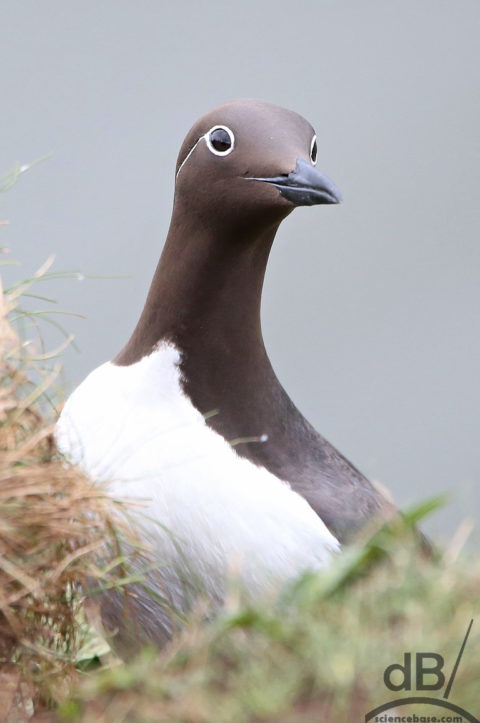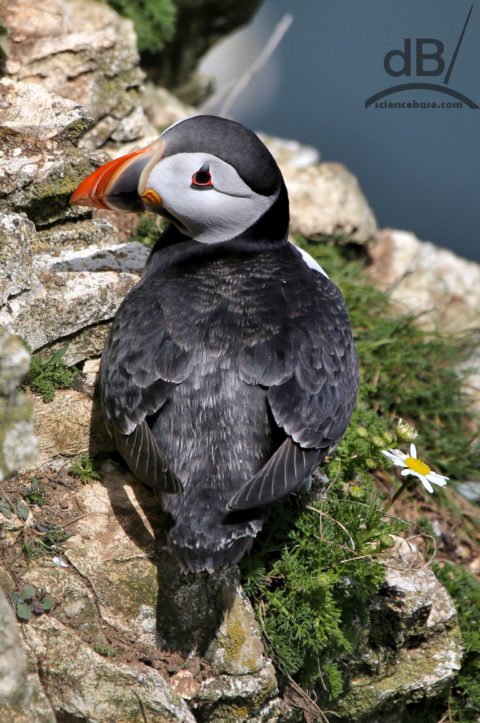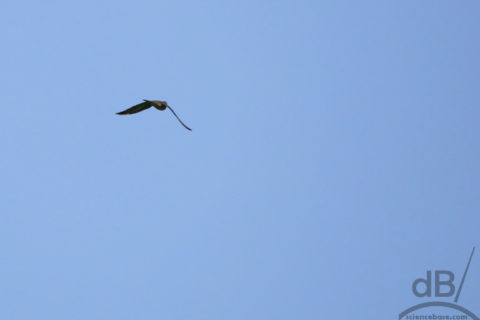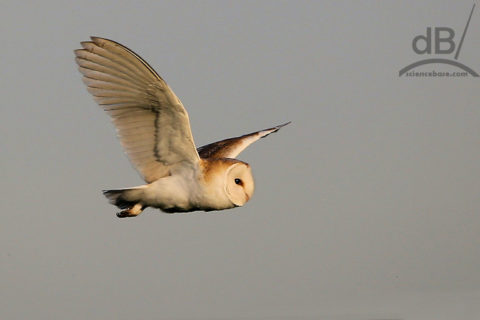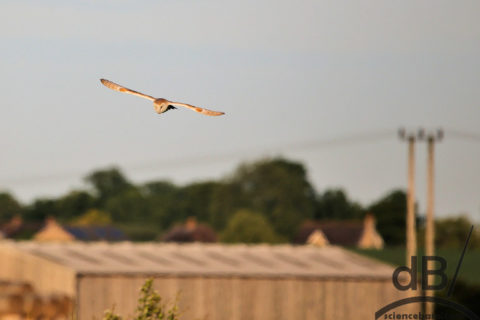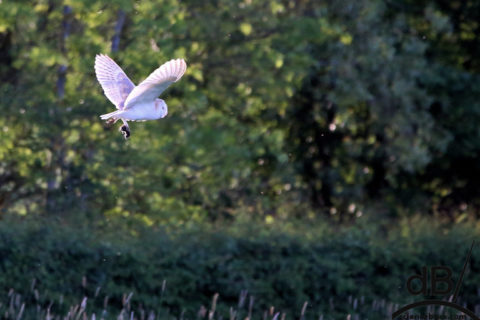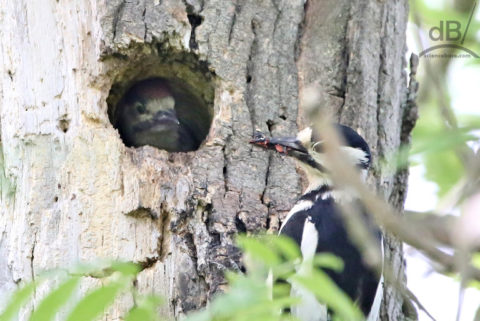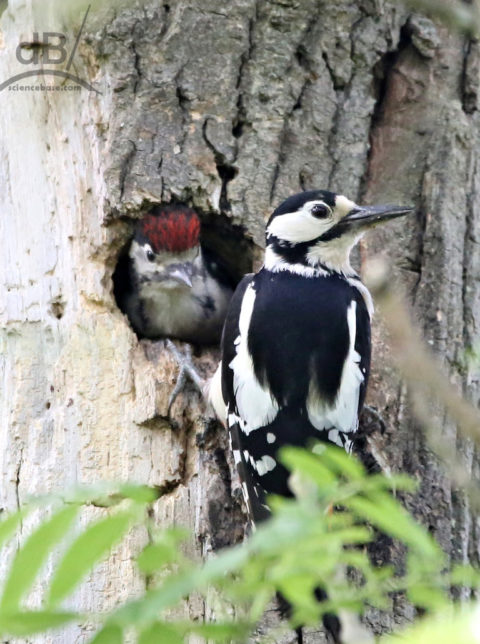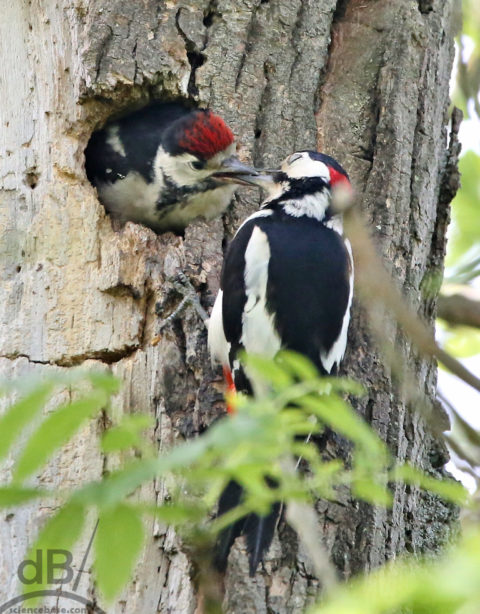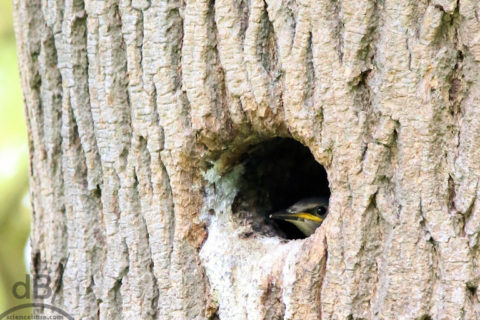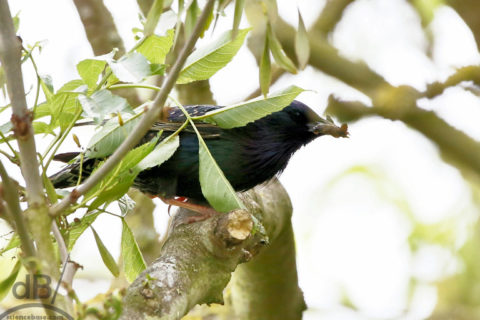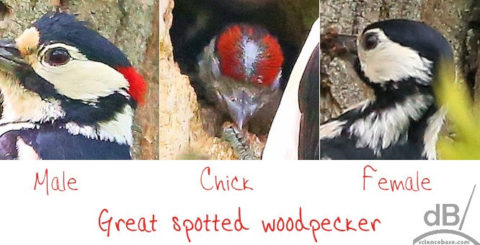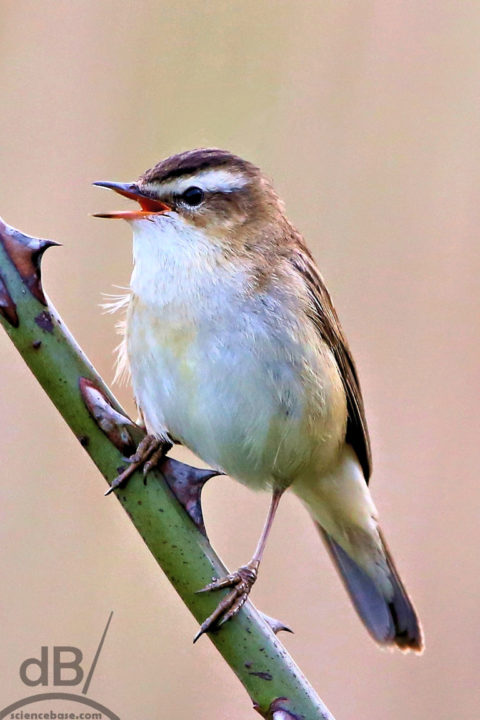To me, it will always be Swavesey Lakes, but when the RSPB took on the old gravel pits that lie north of Fen Drayton, south of Holywell and west of Swavesey, they deemed a name change was in order, as I understand it.
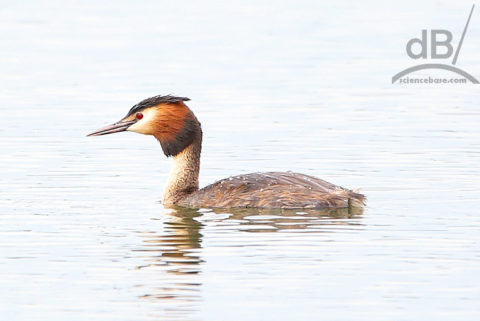
The lakes, riverside, traditional meadows and hedges are linked by a network of paths and alongside is the Great River Ouse, which begins in Syresham in South Notts winds its way through East Anglia to The Wash. It’s a lovely site, you’ll see vast starling murmations at dusk in the early autumn, but at this time of year it’s a flutter of activity from countless feathered friends.
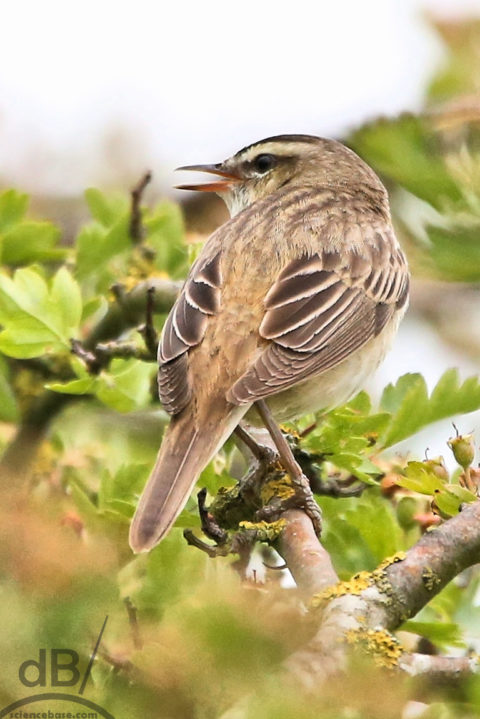
We parked up at about 10 on the late May Bank Holiday Monday in 2017, and could immediately hear willow warbler, chiffchaff, great tit and a couple of distant cuckoo.
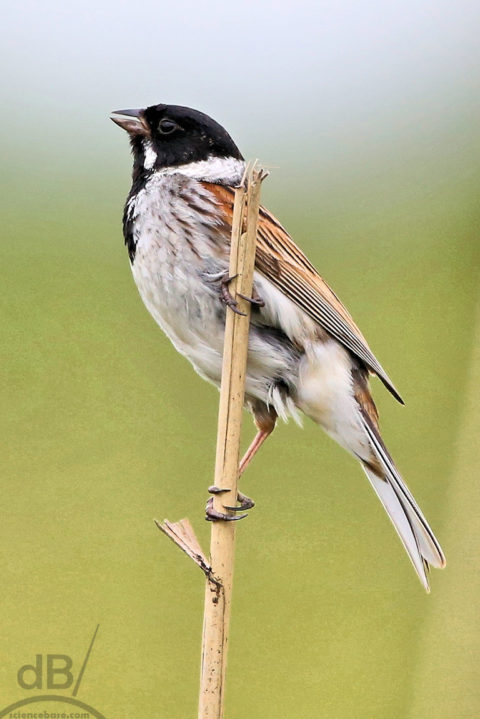
Overhead what I thought was probably a marsh harrier or two, but actually realise now they were red kite. On the “board” promise of a bittern and oystercatchers with young. We saw a colony of greylag geese with goslings on the opposite bank of the River Great Ouse, but no other obvious bird young. The greylag’s had neighbours too: Egyptian geese.
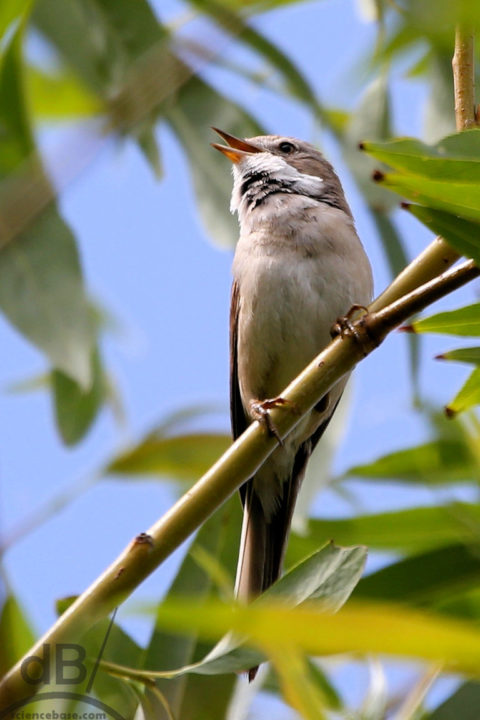
On the pontoons that festoon some of the lakes there were plenty of black-headed gulls nesting and some common tern. On the outcrops into the lakes and the water’s edges: mallard, tufted duck, lapwing, mute swan, great crested grebe, redshank, cormorant, pochard, grey heron, and various others.
In and around the trees: blackcap, sedge warbler, long-tailed tit, robin, blackbird, wood pigeon, chaffinch, chiffchaff, goldfinch, collared dove. And, among the reeds, reed bunting, whitethroat, and reed warbler too. And a pair of nuthatch, based on a fleeting glimpse of two small birds with blue-grey colouring and rusty flanks and a monotonic and repetitive whistling.
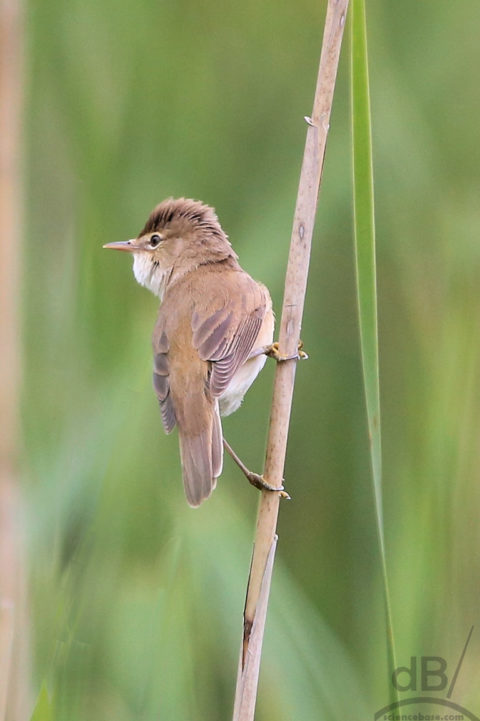
Overhead Canada and greylag geese, mute swans, housemartins, barn swallows, and others.
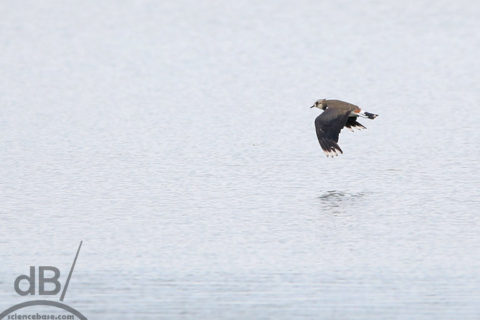
Having heard the cuckoo there was always the hope of spotting one of these rapteurish-looking parasites, but we were not in luck.
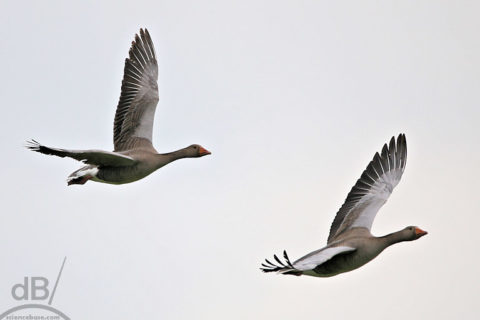
I was also hoping to catch a shot at a yaffle or two (green woodpecker, in French: Picvert, “green pick”). As we drove off the site, there were lots of LBJs and we almost ran over a yaffle, which took to the air just in time. The female partridge on the opposite side of the road barely flinched and the female yellowhammer just flew.
I should point out that we were there in the middle of the day, a dawn or dusk visit would be much more fulfilling given the dawn chorus or the twilight hunters and the birds coming home to roost, respectively.
